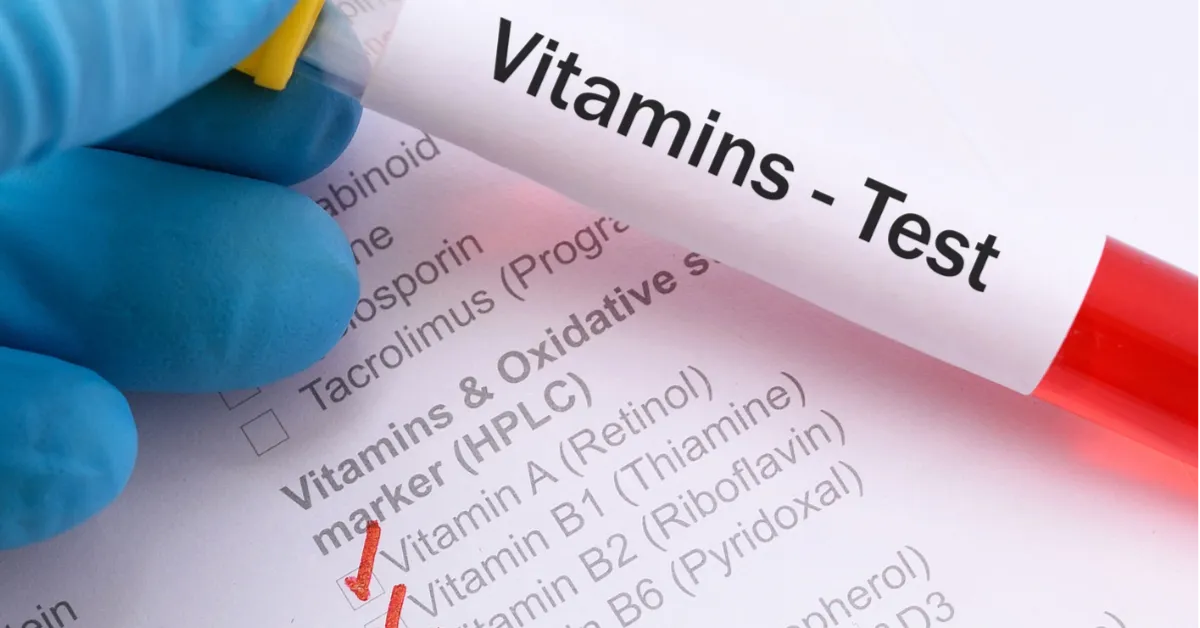EN 17620 Vitamin B6 Assay in Dairy-Based Infant Foods
The European standard
The assay is designed for accurate quantification of vitamin B6 using a combination of sample preparation techniques and chromatographic analysis. The standard specifies both liquid chromatography with fluorescence detection (LC-FD) and high-performance liquid chromatography (HPLC). Compliance with this method ensures that manufacturers can deliver products that meet the recommended dietary allowances (RDAs).
The testing procedure outlined in EN 17620 involves several key steps. Initially, the sample is prepared through thorough homogenization to ensure even distribution of vitamin B6 across the matrix. Following extraction, clean-up procedures are employed to remove interfering substances, thereby enhancing the accuracy of the chromatographic analysis.
The HPLC system typically comprises a pump, autosampler, column oven, and detector capable of fluorescence detection with appropriate calibration standards. The column used is optimized for separating vitamin B6 derivatives based on their chemical properties. Post-separation, the components are detected using a fluorescence detector.
Standard operating procedures (SOPs) are essential to maintain consistency across laboratories performing this test. These SOPs detail everything from sample preparation to data interpretation and reporting. Compliance with these protocols ensures that results are accurate and reproducible.
A notable advantage of EN 17620 is its applicability across various dairy-based infant food products, including powdered formulas, liquids, and ready-to-eat meals. This flexibility allows for comprehensive quality control measures, ensuring product consistency in terms of vitamin B6 content.
| Industry Applications | Description |
|---|---|
| Dairy-Based Infant Foods | Ensures compliance with EFSA guidelines on vitamin B6 content. |
| Quality Control | Reduces the risk of non-compliance and recalls. |
| R&D Optimization | Aids in optimizing formulation to meet RDA for infants. |
| Use Cases and Application Examples | Description |
|---|---|
| Formula Manufacturing | Determining vitamin B6 content in powdered infant formulas. |
| Liquid Formulas | Ensuring compliance with EU regulations for liquid infant foods. |
| Ready-to-Eat Meals | Verification of vitamin B6 levels to meet dietary recommendations. |
The test also provides a robust framework for detecting deviations from expected values, which is critical in maintaining product integrity. Regulatory compliance and quality assurance are paramount in infant nutrition, where even small discrepancies can have significant health implications.
- Ensures consistency across batches of the same product.
- Promotes traceability of raw materials used in formulation.
- Aids in identifying potential adulteration or contamination issues early.
The precision and reliability of EN 17620 make it a preferred choice for laboratories tasked with ensuring the safety and efficacy of infant foods. By adhering to this standard, manufacturers can confidently produce products that meet both domestic and international standards.
Industry Applications
| Application | Description |
|---|---|
| Dairy-Based Infant Foods | Ensures compliance with EFSA guidelines on vitamin B6 content. |
| Quality Control | Reduces the risk of non-compliance and recalls. |
| R&D Optimization | Aids in optimizing formulation to meet RDA for infants. |
Use Cases and Application Examples
| Use Case | Description |
|---|---|
| Formula Manufacturing | Determining vitamin B6 content in powdered infant formulas. |
| Liquid Formulas | Ensuring compliance with EU regulations for liquid infant foods. |
| Ready-to-Eat Meals | Verification of vitamin B6 levels to meet dietary recommendations. |
International Acceptance and Recognition
- The European standard EN 17620 is recognized by the EFSA for infant formula testing.
- Acknowledged by regulatory bodies in countries such as Australia, New Zealand, and the UK.
- Used globally for quality assurance in infant nutrition products.





